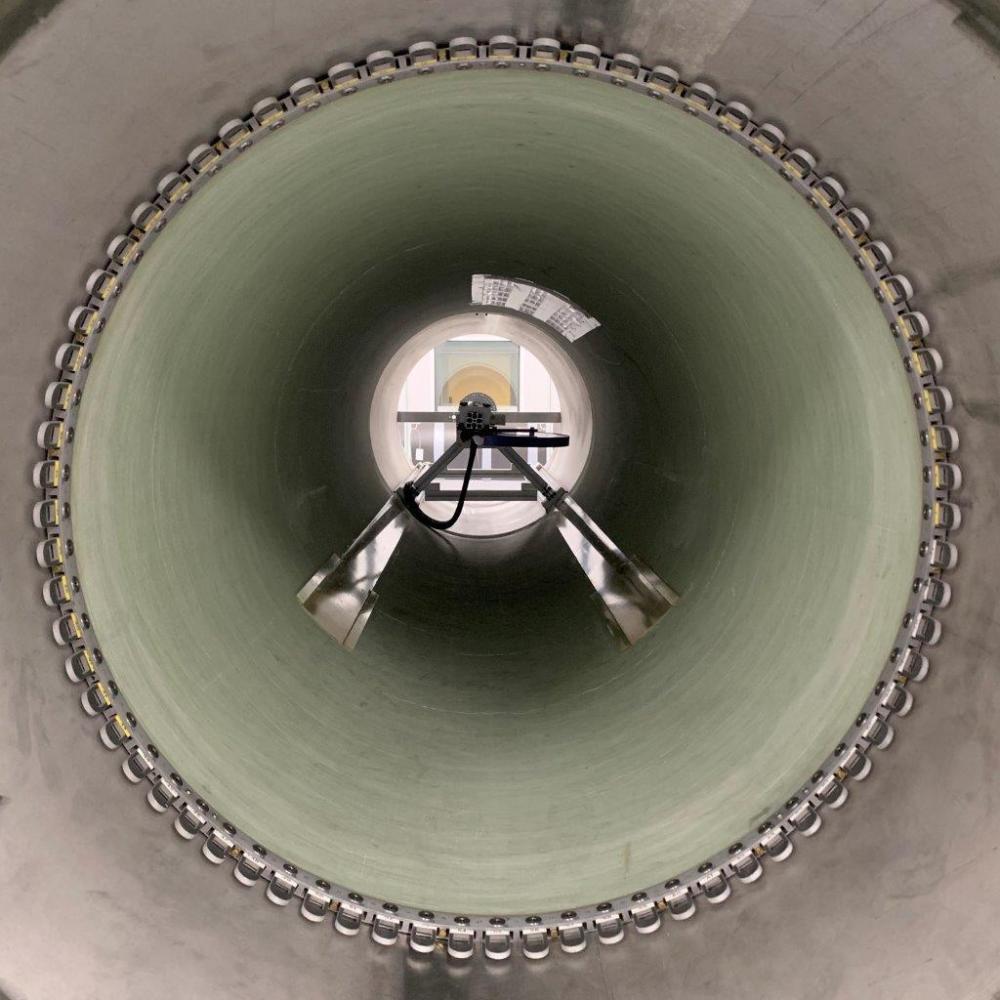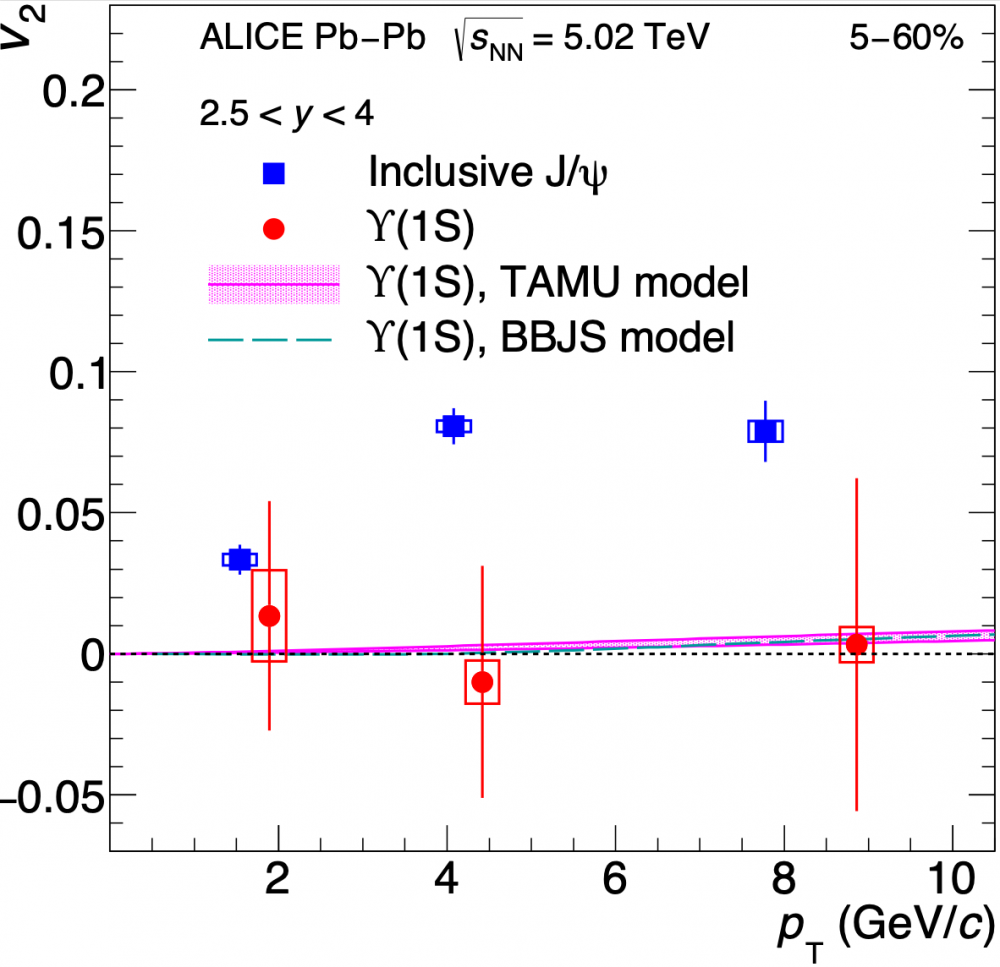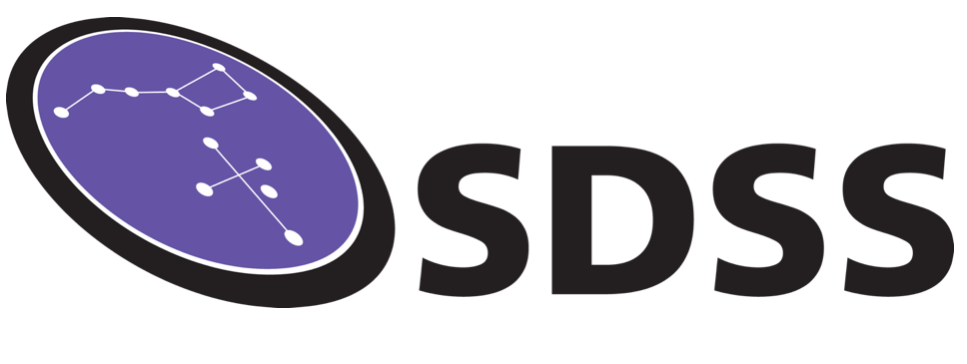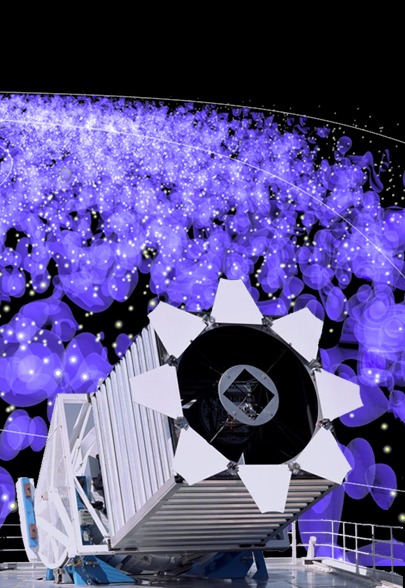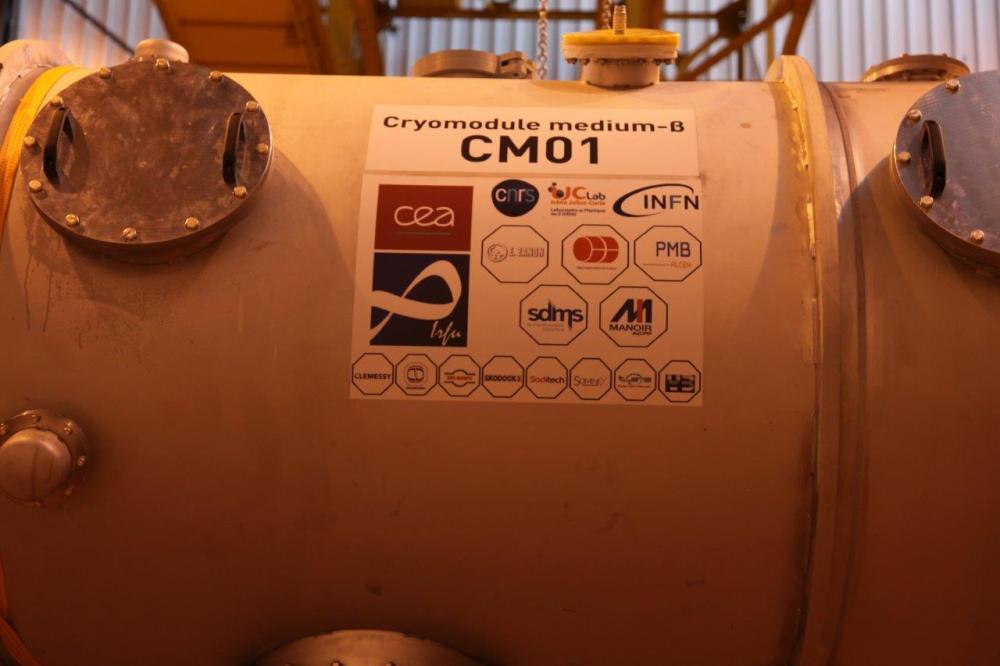In order for the images produced by the future MRI to be free of distortions or artifacts, the magnetic field generated by the Iseult magnet must be homogeneous to 0.5 PPM (parts per million) around the patient's brain. To meet this challenging specification, it was necessary to provision means of "shimming" the field, i.e. of correcting all the small defects that would inevitably arise from the manufacturing process. 5904 pieces of shim (small iron platelets) were screwed onto rails and installed inside the magnet tunnel. This first configuration was tested on Thursday, July 9, 2020 by mapping its effect on the magnetic field of Iseult at 3 T. The results are very encouraging as this first shimming iteration allowed to increase the homogeneity of the field in the useful zone from 138.8 to 3.2 PPM (value extrapolated to 11.72 T from magnetic measurements at 3 T).
The 2020 edition of the Large Hadron Collider Physics Conference (LHCP) took place from 25 to 30 May 2020. Due to the COVID-19 pandemic, the conference, originally planned to be hosted in Paris, was held entirely online. The ALICE collaboration presented new results showing how charmed particles - those containing quarks, the elementary components of matter, known as c - can act as "messengers" for the plasma of quarks and gluons, which is believed to have existed in the primordial Universe and can be recreated during heavy ion collisions in the Large Hadron Collider (LHC). By studying the charmed particles, scientists can learn more about hadrons, particles in which quarks are bound together by gluons, and about quark-gluon plasma, a state of matter in which quarks and gluons are not confined within hadrons. These new results are the result of an analysis conducted as part of a thesis currently underway at the DPhN.
A few microseconds after the Big Bang the Univers may have gone through a deconfined state of quarks and gluons, the Quark–Gluon Plasma (QGP). The QGP can be recreated in high-energy heavy-ion collisions. In particular at the LHC at CERN, the QGP behaves like a fluid. All particles, light, strange, or charmed flow collectively as if being carried by the same fluid, proving the strength of the interactions between QGP constituents. The ALICE Collaboration at the LHC, with decisive contributions from the Irfu teams, has just published, in the prestigious Physical Review Letters journal, the first measurement of the elliptic flow of Υ(1S) (a particle composed of a beauty quark and its antiquark). This resonance appears as the first particle at the LHC not flowing with the fluid. This pioneering result opens up the path for deeper studies of the QGP.
The Sloan Digital Sky Survey (SDSS) published in July a complete analysis of the largest three-dimensional map of the Universe ever created, reconstructing the history of its expansion over a period of 11 billion years.
Scientists from the large cosmological survey SDSS/eBOSS have constructed the first so-called "tomographic" map of the far Universe on a very large scale, which until now only existed in one dimension, along the line of sight of the ground-based telescope. To do this, they used the latest Lyman-alpha forest data, which indirectly plot the density of matter in the direction of bright objects, the quasars. The resulting map covers a cube of 3.26 billion light-years from observations of nearly 10,000 quasars. It is a new tool for studying the history of the Universe and its structures.
This work is published in the JCAP journal (arXiv:2004.01448).
A year and a half after the delivery of the prototype cryomodule (CM00) to ESS, the first production medium beta cryomodule (CM01) has now arrived at the ESS site. It left CEA on September 22, 2020 for a two-day trip to Lund, Sweden. The Irfu teams had previously validated the RF and cryogenic performances of this cryomodule. It will be tested again on the ESS test bench before being integrated in its final position in the accelerator tunnel. This is a first step. Starting next year, ESS will receive an average of one cryomodule per month for 3 years.

